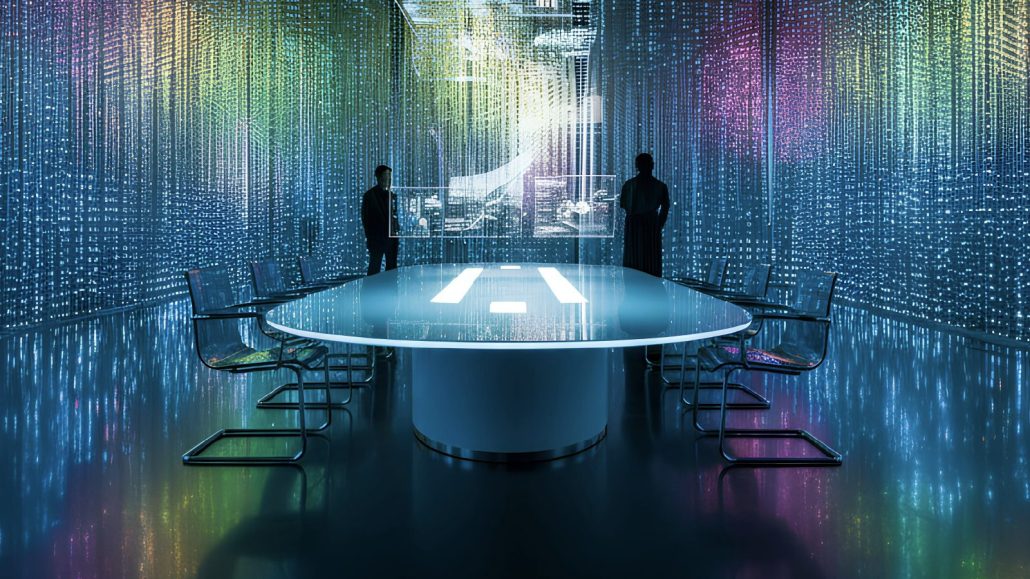There’s no denying it. AI is changing the game in commercial real estate.
We’re seeing professionals across the industry use generative AI to automate underwriting, enhance marketing, analyze data, and speed up day-to-day tasks. In many cases, AI enables us to 10x our output while remaining lean and focused. At CRE Agents, we’ve embraced this evolution, building tools and workflows that let us move faster and smarter than ever before.
But this past week served as a good reminder that not everything should be automated.
I just returned from an offsite with the CRE Agents leadership team. We spent two days away from our desks, away from the usual distractions, and fully immersed in thinking about where we’re headed and how we get there. The outcome? Strategic clarity, renewed alignment, and a long list of actionable ideas that will shape the next chapter of our business.
It’s the kind of progress that simply doesn’t happen in a Slack thread or a Zoom call.
What AI Can’t Replace
As powerful as AI has become, there are still areas where human interaction is irreplaceable:
- Strategic Thinking: AI can surface insights, but it can’t yet set vision or make judgment calls. That requires context, experience, and debate—the kind that happens best face-to-face.
- Relationship Management: Building trust with clients, partners, and team members remains a human-first endeavor. Nuance, empathy, and authenticity are tough to replicate in code.
- Core Decision Making: The biggest decisions – the ones that determine direction and define culture – demand shared understanding and gut-level alignment. Those moments are often born in conversation, not computation.
Why AI Makes In-Person Easier
Ironically, AI may be the very thing that enables more of these high-value, in-person interactions. By handling the routine and repetitive, it gives us back our time. Time we can spend in the room with our team. Time we can use to build deeper connections with clients. Time we can reinvest in thinking, planning, and leading.
So, as we continue to adopt and implement AI in our workflows, let’s remember what it’s really for. It’s not about replacing humans—it’s about creating space for the work only humans can do.
And sometimes, that work starts with getting in a room together.
